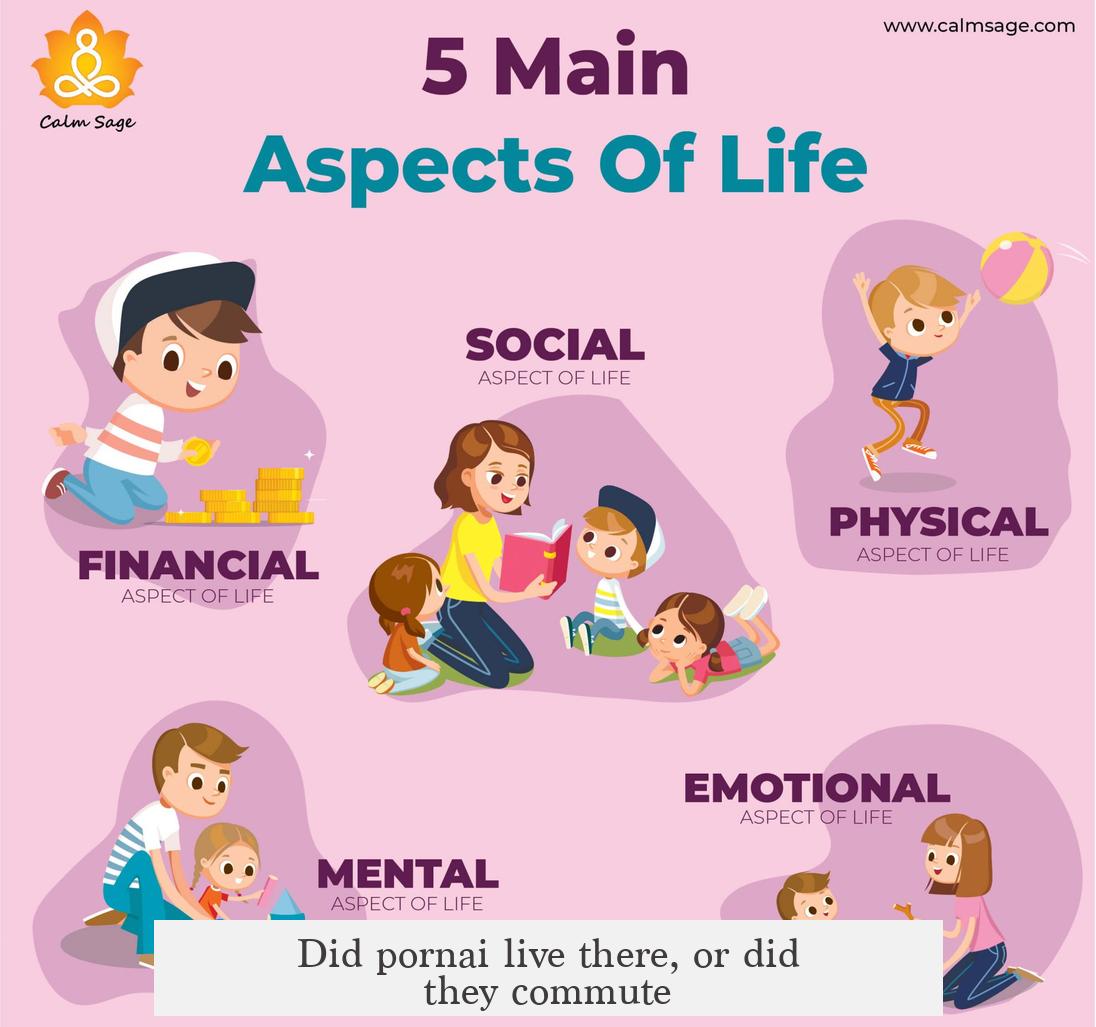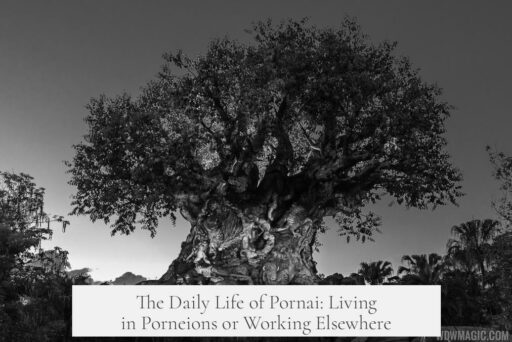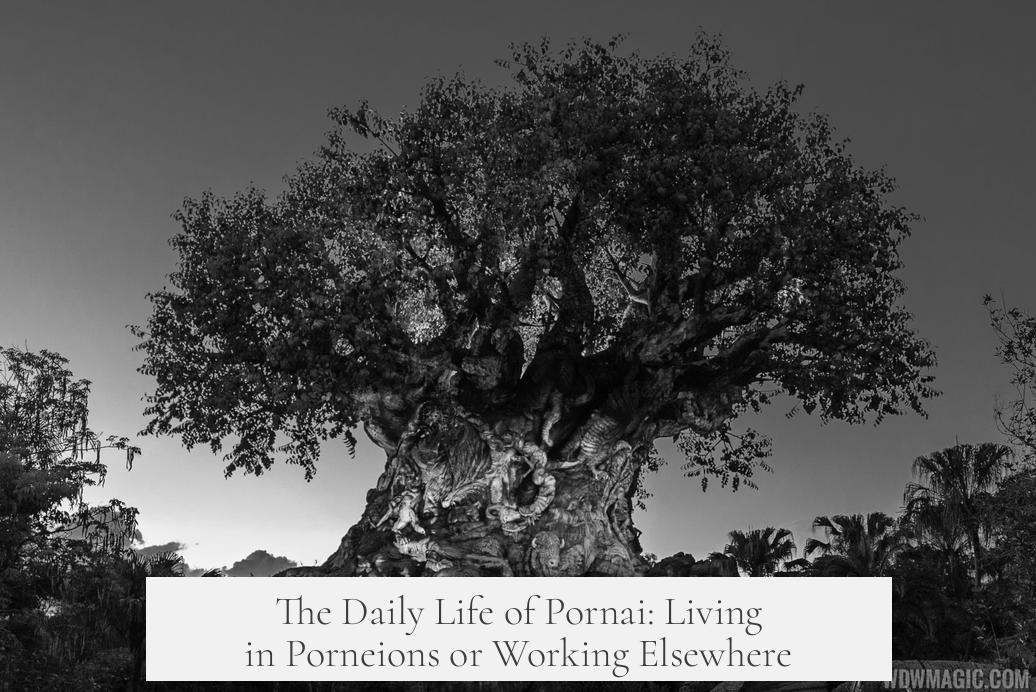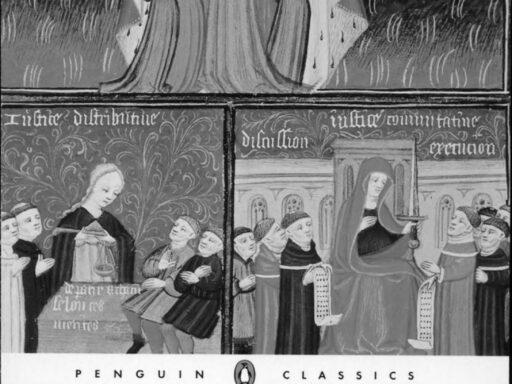The life of a pornai in ancient Greece, including whether they lived in porneions or merely worked there, is not definitively documented. Historical sources do not clearly describe their living arrangements or daily existence. The term “pornai” refers to female prostitutes, while “porneions” were establishments associated with prostitution.
Evidence suggests pornai performed their work in porneions, which were designated brothels or houses of prostitution in Greek cities. These locations provided work spaces but do not necessarily indicate that pornai resided there permanently.
Scholars generally agree that pornai likely had varied living situations. Some might have lived in nearby quarters, rented rooms, or with family, commuting to porneions for work. Others could have lived on-site, but direct historical proof is minimal.
The lack of explicit ancient texts or inscriptions about their residential arrangements hampers precise conclusions. Living in a porneion would depend on social, economic, and local urban factors, which might vary by region and time.
Historical studies indicate that pornai’s lives combined economic necessity and social marginalization. They worked under owners or independently within the porneions. These brothels were part of broader urban economies but held low social status.
- Porneions functioned as workplaces for pornai rather than confirmed residences.
- Documentation on pornai’s personal lives and homes remains scarce.
- Living arrangements likely differed based on location, ownership, and personal circumstances.
Therefore, while pornai undeniably worked out of porneions, the nature of their residence remains uncertain. Future archaeological or textual discoveries may clarify these aspects of their life.
- Porneions served as work sites, not definitively as homes for pornai.
- No direct historical evidence confirms pornai’s living places.
- Pornai’s living arrangements were diverse and dependent on context.
What Was the Life of a Pornai Like? Did They Live in Porneions or Just Work Out of Them?

So, you’re curious about the life of a pornai in ancient Greece. What was their daily routine like? Did they actually live in porneions, which were brothels, or just work there? It’s a juicy question with surprisingly few direct historical answers. But don’t worry, let’s unpack what we know and explore some informed insights.
First, let’s clear this up: the exact living arrangements of pornai are unclear from surviving texts. The historical records don’t provide direct passages describing whether pornai physically lived in porneions or simply came there for work and then returned elsewhere. This gap in knowledge means we have to be cautious in making assumptions.
Why is that? Ancient documentation often focused on legal, philosophical, or political aspects rather than the intimate details of marginalized groups. Pornai—essentially prostitutes—were part of a social stratum that rarely made it into official texts explaining their personal lives. Their work was noted; their lifestyle left largely in shadow.
So, what were porneions exactly?
Porneions in ancient Greece were brothels—designated places where pornai worked. These were commercial establishments in urban centers, places of business rather than typical homes. It’s easy to picture them as cramped, busy rooms or suites, buzzing with clientele daily.
Think of them as the ancient equivalent of today’s massage parlors (minus the relaxing music and sage-scented candles). They were practical, often small establishments focused purely on commerce and transaction.
Did pornai live there, or did they commute?

Historians have debated this quietly but thoroughly. One view is that pornai likely did not live permanently inside porneions. These brothels were businesses, so constant residence by workers may have been uncomfortable or unnecessary. It seems more likely pornai operated from porneions during business hours but returned to separate living quarters.
On the flip side, given the social marginalization many pornai faced, some might have lived on-site for convenience or due to lack of other housing options. Poverty could force a person into such close quarters. But records from antiquity remain silent on this speculation.
What did daily life look like for pornai?
Though details are vague, we know pornai occupied a specific social and economic niche. They sold sexual services in public or controlled environments like porneions. Their ability to earn money may have set them apart from other disenfranchised groups.
However, they likely faced stigma and legal restrictions. For example, Athenian law forbade pornai from marrying free men, and they were typically outsiders in polite society. Their work was viewed as shameful but tolerated—a paradox that created a complex existence.
What about their personal lives?

Unlike well-documented figures, pornai lived at society’s edges, so their domestic and social experiences go unrecorded. This missing information leaves historians to interpret indirect evidence—legal texts, pottery images, contemporary plays—none of which conclusively reveal living arrangements.
So how do we make sense of this silence?
Piecing together the story: Comparing to other cultures
Sometimes it helps to look beyond Greece. In other ancient and pre-modern societies, prostitutes often lived either on-site or with families renting rooms to brothels. For instance:
- In ancient Rome, some prostitutes lived at brothels, while others rented rooms nearby.
- In medieval Europe, brothels sometimes provided basic lodging to workers.
By analogy, pornai in Athens and other Greek cities might have had flexible living options: some residing near or in porneions, others living independently.
Reasons to think they might have lived apart:

- Privacy and Safety: Many women would want more privacy than a working brothel allowed, especially when not working.
- Social Connections: Pornai may have needed family or community ties difficult to sustain living inside a brothel.
- Business Nature: Since porneions were commercial places, they likely catered strictly to business transactions, not residence.
But remember, this is historical speculation, not certified fact.
One of the reasons the question remains open is the nature of surviving evidence. Most references to pornai address their role in economy and law, not lifestyle. They appear in plays by Aristophanes or legal cases but rarely emerge in personal narratives.
What about their status and earnings? Did that impact their lives?

Pornai often earned more than female household slaves or regular laborers, granting some economic independence. This financial aspect might have influenced their living choices. With income, some could afford separate housing; others might have pooled resources or stayed with friends or relatives.
Modern parallels and lessons
When we think about pornai living and working conditions, we can draw parallels with today’s sex workers who face similar social stigmas. Many live separately from their workplaces for safety and privacy, though some might live on-site for practical reasons.
This nuance reminds us how ancient questions linger and resonate. Social stigma, housing insecurity, and the demands of commerce all shape the precarious balance between work and home.
In summary:
The historical record does not clearly answer whether pornai lived in porneions or only worked there. Direct evidence is absent. We know porneions were brothels where pornai operated, but their living arrangements remain an educated guess. They may have lived separately for privacy and safety, though it’s possible some resided in or near their workplaces.
For history buffs and curious minds alike, this mystery invites us to consider how marginalized groups have been recorded—or erased—by history. The life of a pornai was undoubtedly complex, much like the society in which she lived.
What questions would you ask if you could peek into an ancient porneion? How might postcards from that time describe a pornai’s day? History may keep its secrets, but curiosity keeps asking.




